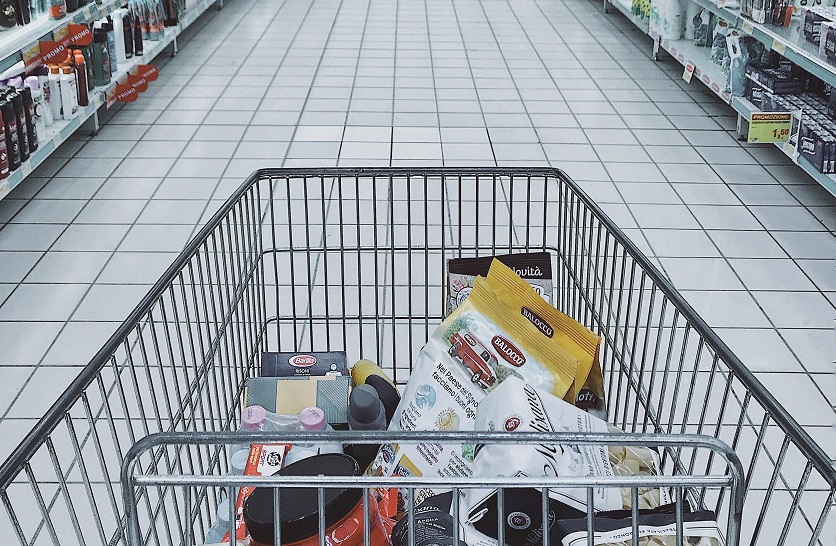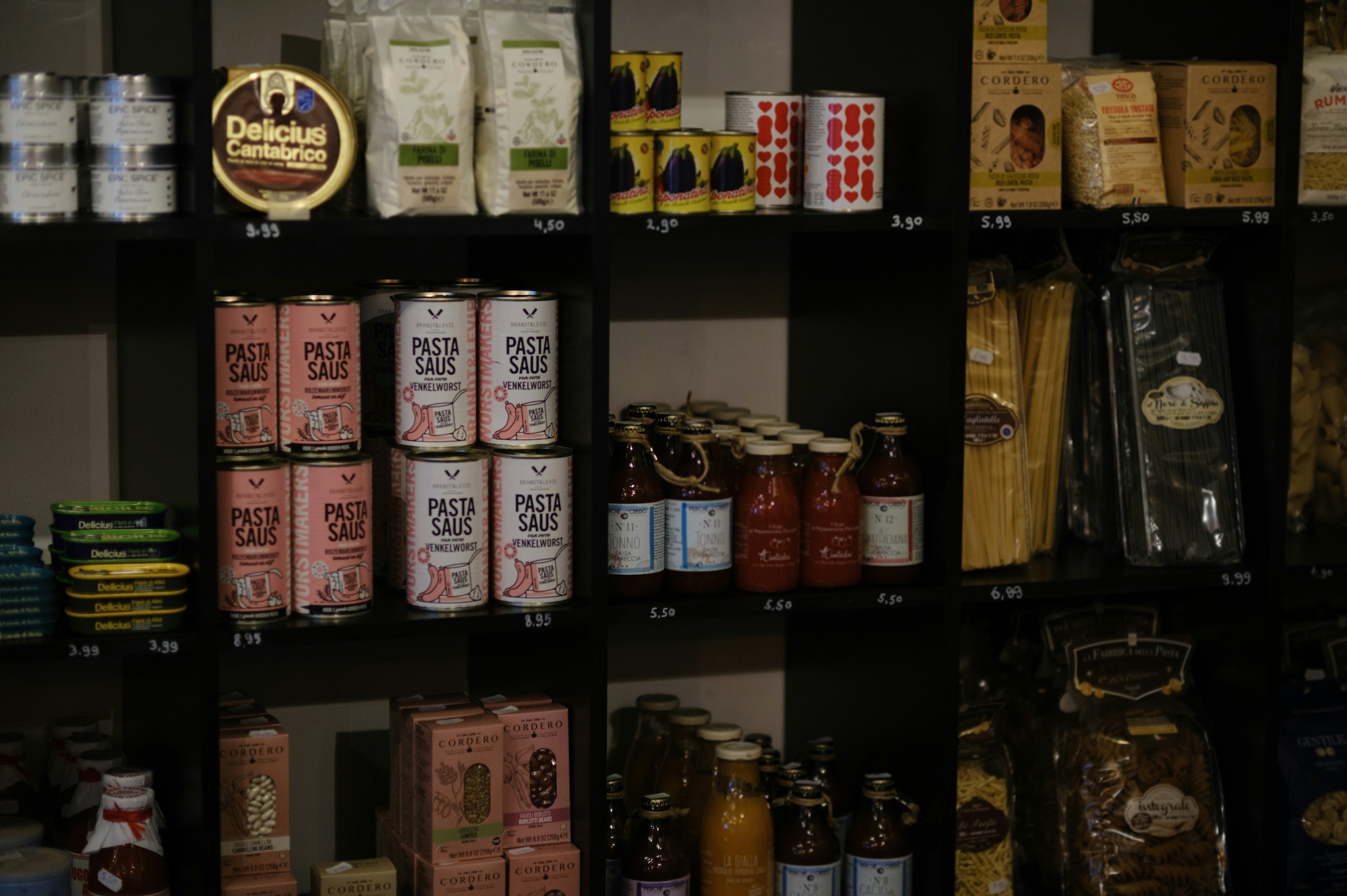Knowing the risks and proactive steps, however, will arm the business with how to be protected from legal action and consumers from harm.
Few areas remain untouched by the rate of change seen in technology today. With that in mind, the food industry becomes one of the markets on the front line of revolution brought about by technology. This includes adopting innovative tools geared toward increasing production, improving and managing processes, or providing safety and quality in foodstuffs.
In the following sections, we’ll discuss how technology diminishes the legal ramifications of inaccurate and sometimes misleading food labels.
Challenges in Food Industry Compliance
Food labeling regulations reflect a crucial aspect of consumer protection and public health. These guidelines mandate that food labels enlighten consumers on nutritional content, ingredients, calorie counts, allergens, and probable risks associated with consumed food products, guiding their purchase choices. In fact, nearly 80% of American adults depended on nutrition facts for their buying decisions, as per a recent survey.1
The same information richness, however, can also be a source of confusion and complexity for consumers and food businesses alike. A misleading food label might inadvertently compel consumers to buy products they perceive as containing the nutrients they wish to consume. Hence, food manufacturers have this all-important responsibility of protecting their consumers by putting factual, accurate information on their product labels.
The Role of Technology in Ensuring Compliance
Despite the challenges in food regulation, there are several ways that technology can help.
Automating Label Generation and Verification
Technology has ushered in a new era of efficiency and accuracy in food label generation and verification. One groundbreaking innovation in this regard is the nutrition facts label generator that can seamlessly integrate with product databases, regulatory frameworks, and nutritional analysis tools, churning up compliant food labels in real time. This eliminates the need for manual data entry, reducing the risk of human error and accelerating the labeling process. Thus, an inaccurate nutrition facts label becomes a thing of the past.
Data Analytics

Data analytics plays a pivotal role in identifying potential compliance risks and implementing proactive mitigation strategies. By analyzing vast amounts of data from various sources, including production records, ingredient specifications, and regulatory updates, food businesses can gain valuable insights into potential labeling inconsistencies or non-compliance issues.
Machine Learning
Machine learning algorithms can analyze historical labeling data and regulatory patterns to predict future compliance challenges. This capability empowers food businesses to anticipate changes in regulations, adapt their labeling practices proactively, and ensure ongoing compliance.
Key Features of Compliance Technology
For technology to achieve optimum results in the food industry, there are some key features needed. They include the following:
Real-Time Updates
Compliance technology platforms often provide real-time updates on regulatory changes, ensuring that food businesses have access to the latest information. This is crucial in an industry where regulations can evolve rapidly. According to a 2023 study, about 49.3% of food recalls were due to undeclared allergens, many of which could’ve been prevented with real-time updates.2
Comprehensive Data Management
Effective compliance technology solutions offer robust data management capabilities, allowing businesses to store, organize, and access vast amounts of information related to ingredients, nutritional values, allergens, and labeling regulations. This centralized repository of data streamlines the labeling process, reduces the risk of errors, and simplifies audits and inspections.
Integration Capabilities
Integration with existing enterprise systems, such as ERP (enterprise resource planning) and PLM (product lifecycle management) software, is a key feature of modern compliance technology. Seamless integration ensures that labeling data is consistent across all departments and platforms, minimizing the risk of discrepancies.
Enhancing Product Development and Quality Assurance
Technology plays a crucial role in optimizing product development and quality assurance processes. Recipe management software, in particular, allows food manufacturers to create, modify, and standardize recipes while ensuring compliance with labeling regulations. Ingredient databases provide comprehensive information on nutritional values, allergens, and potential contaminants, aiding in the formulation of safe and compliant products.
Improving Transparency and Consumer Trust

Accurate and clear labeling, facilitated by technological solutions, empowers consumers to make informed choices about the food they purchase. Digital platforms and mobile applications can provide detailed information on ingredients, nutritional values, sourcing, and sustainability practices, fostering a deeper understanding of the food they consume. This transparency not only builds consumer trust but also protects the business against product liability lawsuits.
Future Trends in Food Industry Compliance Technology
Going into the future, there are several developments in the tech space that will change the food industry. Here are some of them:
Artificial Intelligence (AI)
The future of food labeling compliance lies in the integration of AI. Algorithms powered by this technology can analyze vast datasets of regulatory information, consumer preferences, and product data to generate highly personalized and compliant labels. These labels can adapt to specific consumer needs, dietary restrictions, and regional regulations, enhancing both compliance and consumer satisfaction.
According to a 2023 report, the use of AI in the food processing market is projected to grow at an annual rate of 8.3% between 2023 and 2032, highlighting the sector’s increasing adoption of this technology.3
Blockchain

Blockchain technology offers unprecedented transparency and traceability in the food supply chain. By recording every transaction and movement of food products on an immutable ledger, blockchain can verify the authenticity of ingredients, track the origin of food, and ensure compliance with labeling regulations throughout the supply chain.
Internet of Things (IoT)
The Internet of Things (IoT) is poised to revolutionize food labeling compliance by enabling real-time monitoring of products and production processes. IoT sensors can collect data on temperature, humidity, and other environmental factors, ensuring that food products are stored and transported under optimal conditions, preserving their quality and safety.
Conclusion
The legal consequences of inaccurate nutrition labeling are of concern both for business and consumers. Knowing the risks and proactive steps, however, will arm the business with how to be protected from legal action and consumers from harm. Consumers should also be constantly vigilant and well-informed to keep themselves safe from inaccurate, misleading food labels.
References:
- ‘Nearly 80 percent of U.S. adults used Nutrition Facts panel on food labels in buying decisions’, Source: https://www.ers.usda.gov/data-products/chart-gallery/gallery/chart-detail/?chartId=106957
- ‘2023 Had Most Food Recalls Since Start Of COVID-19 Pandemic, Report Finds’, Source: https://www.forbes.com/sites/ariannajohnson/2024/04/25/2023-had-most-food-recalls-since-start-of-covid-19-pandemic-report-finds/
- ‘AI in Food Processing Market Reaching USD 22.3 Billion by 2032 | Driven by Innovation and Streamlined Production Processes’, Source: https://finance.yahoo.com/news/ai-food-processing-market-reaching-083400540.html


Join the conversation!